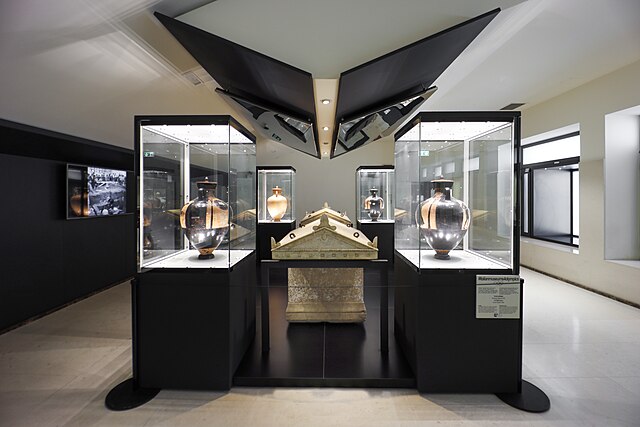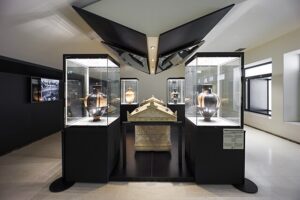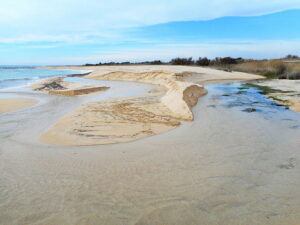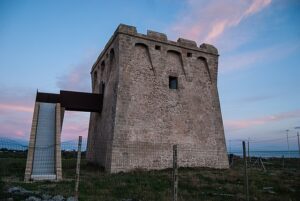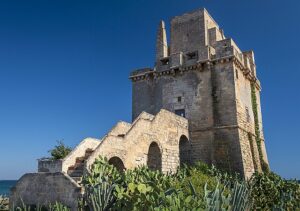The National Archaeological Museum of Taranto, one of the most important in Italy, was established in 1887 and has occupied the former Convent of the Alcantarine Friars, or of San Pasquale, since its inception. The convent, built shortly after the mid-18th century, is strategically located in the heart of the city. This choice is not incidental: the convent serves as a meeting point between religious and secular history, between its monastic past and its archaeological significance, creating a unique atmosphere that enhances the visitor’s experience.
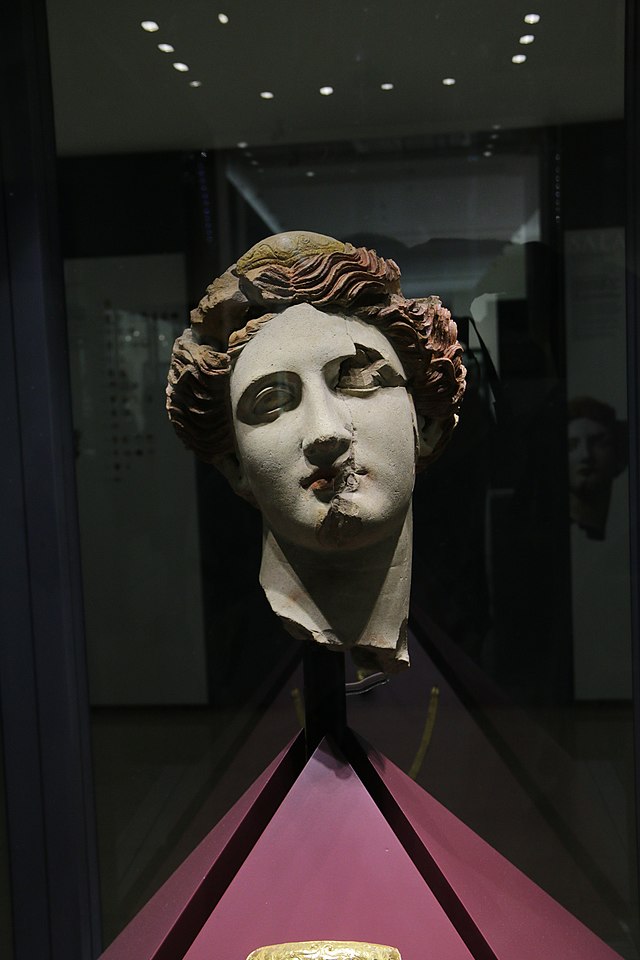
The controversial and complex history of Taranto’s antiquities dates back to the 15th century when the noble Del Balzo Orsini family built one of the city’s oldest convents. During that period, Taranto was beginning to be recognized as an important center of art and culture, although its historical wealth remained under the control of the local nobility. It was in these centuries that the first true interest in the city’s archaeological heritage emerged, alongside an intense and sometimes controversial process of spoliation of its treasures.
Over the centuries, the plundering of antiquities was such that it led to the growth of a thriving national and international market, which, however, culminated with the proclamation of the unification of Italy and the designation of the city as a naval base for the newly formed state. Unfortunately, Taranto was involed at the center of numerous illicit trades of artifacts, many of which were exported and sold to collectors and museums around the world. However, with the consolidation of the newly unified Italian state, the need to protect the country’s historical and cultural heritage became increasingly evident, leading to the creation of institutions such as the National Archaeological Museum.
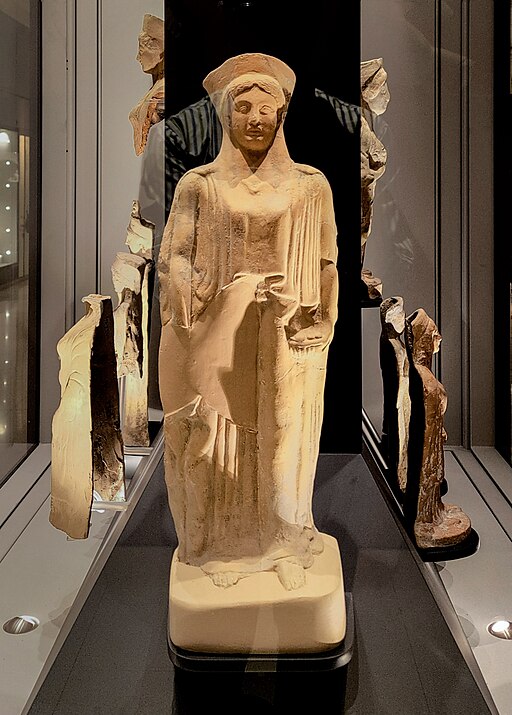
The building boom that took place in the final decades of the 19th century led to the accidental discovery of a large quantity of objects, often of great artistic value and high worth. Among the most renowned artifacts are those from the Greek city of Taranto, including the famous chamber tombs and burial goods that reveal the life and traditions of one of the most flourishing colonies of Magna Graecia. Thanks to these discoveries, the museum has been able to enrich its collection, breathing new life into a past that had long been overshadowed by the violence of looting and neglect of its historical roots.
Today, the National Archaeological Museum of Taranto is not only one of Italy’s most important museum institutions but also an essential destination for tourists visiting the city. Its collections range from prehistory to the end of the Roman period, with a particular focus on Greek civilization and its influence across the Mediterranean. Among its most significant artifacts are ancient ceramics, bronze and marble sculptures, and the famous Warriors of Taranto—statues depicting the epic history of the city’s fighters.
Thanks to its strategic location, the museum also offers a unique overview of Taranto’s more recent history. A visit to the National Museum is not just a journey through time but also an opportunity to reflect on the present and future of the city, which is increasingly committed to enhancing its cultural heritage as a driver of economic and tourist development.
Furthermore, thanks to a careful policy of restoration and enhancement, the museum has also become a center for research and education, attracting scholars and archaeologists from around the world. Its activities testify to how Taranto, a city that once seemed to overlook its roots, has now rediscovered the value of its history and transformed it into a strength.
For visitors, a stop at the National Archaeological Museum of Taranto is a unique opportunity to immerse themselves in the riches of a millennia-old past, while the city itself prepares to write the next chapter of its long and fascinating history.

